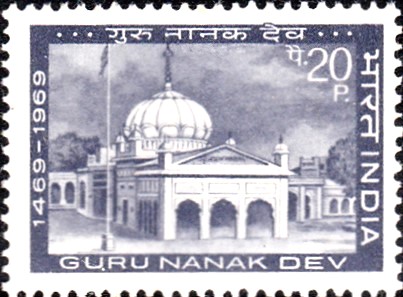
Guru Nanak Dev
A commemorative postage stamp on the 500th Birth Anniversary of Baba Nanak, founder of Sikhism and 1st of ten Sikh Gurus :
 Issued by India
Issued by India
Issued on Nov 23, 1969
Issued for : The 500th Birth Anniversary or Guru Nanak is being celebrated the world over this year and the Indian Posts and Telegraphs Department is proud indeed to associate itself with the celebrations by bringing out a special stamp depicting Nankana Sahib, in honour of this great son of India.
Description of Design : The design of the stamp is horizontal and depicts a picture of Gurudwara “Shri Nankana Sahib”.
Type : Stamp, Mint Condition
Colour : Gravure Blue Grey
Denomination : 20 Paise
Overall Size : 3.34 X 2.46 cms.
Printing Size : 2.99 X 2.10 cms.
Perforation : 14 x 13½
Watermark : Printed on unwatermarked adhesive stamp paper
Number Printed : 30,00,000
Number per issue Sheet : 54
Printing Process : Photogravure
Designed and Printed at : India Security Press
Name : Nanak
Born on Apr 15, 1469 at Nankana Sahib, Punjab, Pakistan
Died on Sep 22, 1539 at Kartarpur, Punjab, India
About :
- Our history is studded with names of outstanding personalities who have made notable contributions to every walk of life – art, literature, politics, science and religion. One such outstanding figure is Guru Nanak. He preached the religion of love and unity to all mankind. He did not teach unworldliness or retirement from the world to attain God: rather he preached active participation and working for His attainment. For him, there was only one God and one man. He made no distinction between man and man and did not believe in untouchability or caste.
- Born 500 years ago in Punjab at Talwandi (also known as Nankana Sahib, now in Western Pakistan) on the full moon day of Kartik (November), “Nanak was a child of smiles and his eyes were silent and wise“. As a child, he showed the signs of a saint at a very early age. He composed music, talked of God and life. His mind was a marvel to every one.
- Sent for education at school Nanak did not stay long there. He devoted most of his spare time to meditation of the Absolute ‘Nirankar‘. His sister Nanki was inspired and became his first disciple. Rai Bular, the Muslim Governor of the place of his birth, followed the spirit.
- Nanak‘s father thought that marriage would deviate the boy from the path of other worldliness and he, therefore, married him to Sulakhani at the age of 14. But the father soon found that Nanak was always engulfed in the flood of his own thoughts and wonder. In truth Nanak himself was swallowed by the Infinite and came to be known as Nanak “World Teacher”. No longer interested in his work, he shortly afterwards left it altogether. He was not Nanak now, but Guru Nanak. From now on his life look a different turn. He roamed from place to place and inspired everyone who came in his contact with his message of love and brotherhood and realisation of the God. They found in him their God, their world, their lost soul.
- Accompanied by Mardana, the rebec player, the Guru went to Sangladeep and other islands in the south of India, as also the Nilgiris Hills. In the east he crossed the borders of Assam and in the north the trans-Himalayas. He went to Baghdad, Bokhara and right up to the Caucasian mountains. He later visited Mecca. He travelled through the north-west frontier of India including Kashmir. None has travelled so much with a single purpose, namely, to thrill the earth from end to end with the working of his spirit. He gathered around himself a galaxy of disciples, who were struck with his simplicity and straightforward approach to Divinity.
- The wanderings of Guru Nanak in his effort to bring home the fundamentals of his teachings were unprecedented when viewed in the context of the facilities and conditions prevailing in those days. He did all this to bring out the hollowness of the rituals, superstitions, beliefs and futility of superficial pilgrimages to the holy places.
- Guru Nanak appeared on the Indian firmament at a time when the country was badly divided, strife stricken and mauled by foreign attacks with the moral standards at the lowest ebb. The people had been so thoroughly demoralised that they had neither the will nor the strength to fight oppression. It was Guru Nanak‘s inspiring hymns, which for the first time brought a message of hope and cheer to the millions of people.
- Undoubtedly, Guru Nanak revolutionised the religious thoughts of his time. According to Guru Nanak, God was a Being to be approached and loved, as a fond and faithful wife loves her spouse. Guru Nanak calls Him ‘Nirankar‘, that is formless, yet he also believed that He pervades all creation.


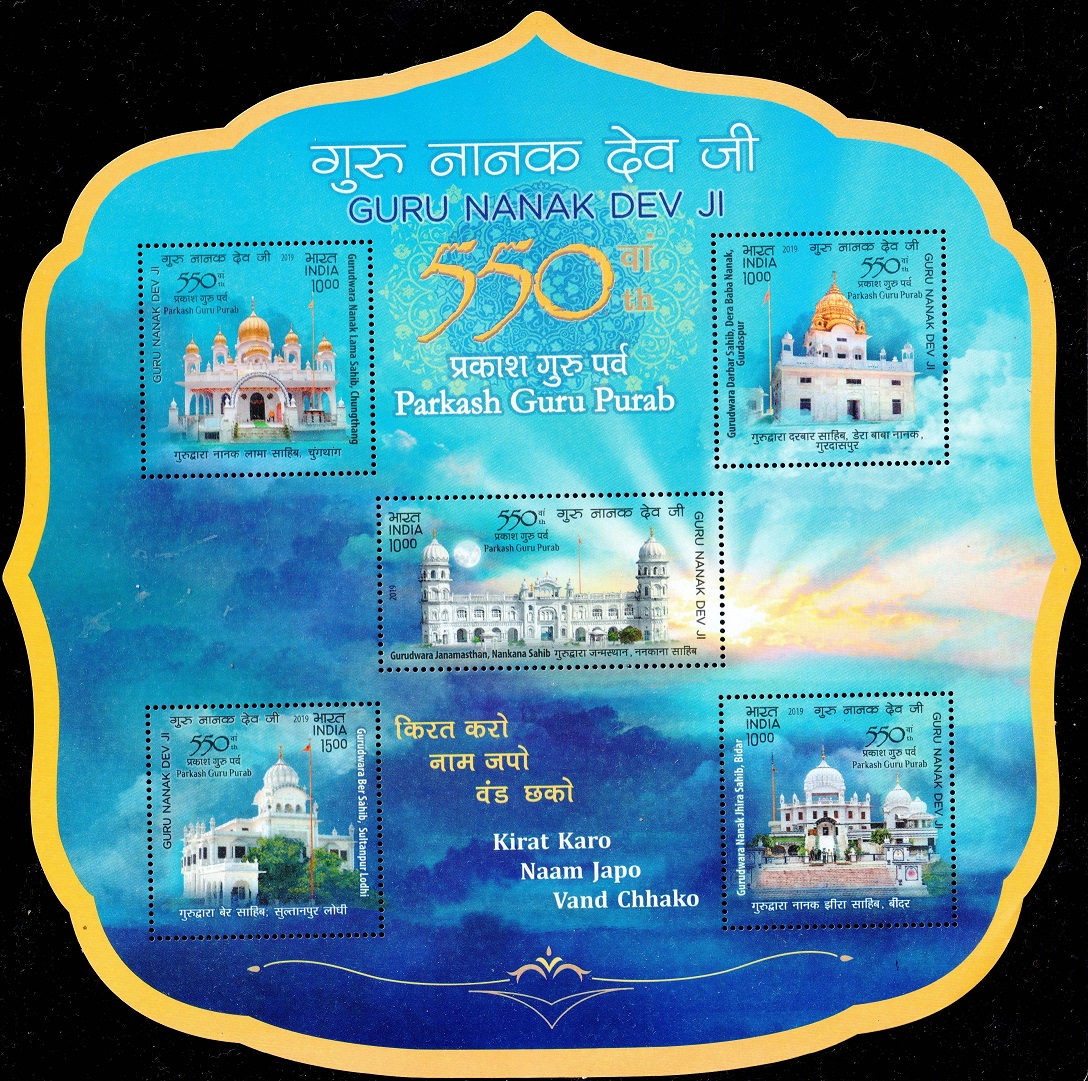
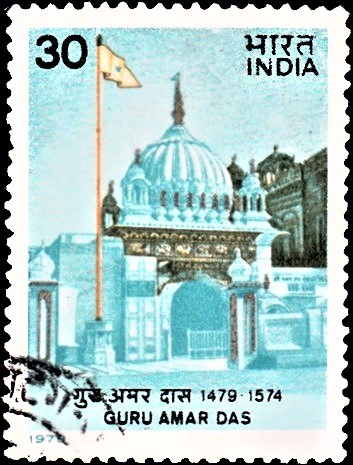

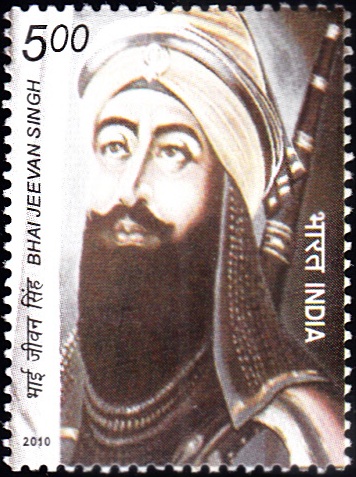
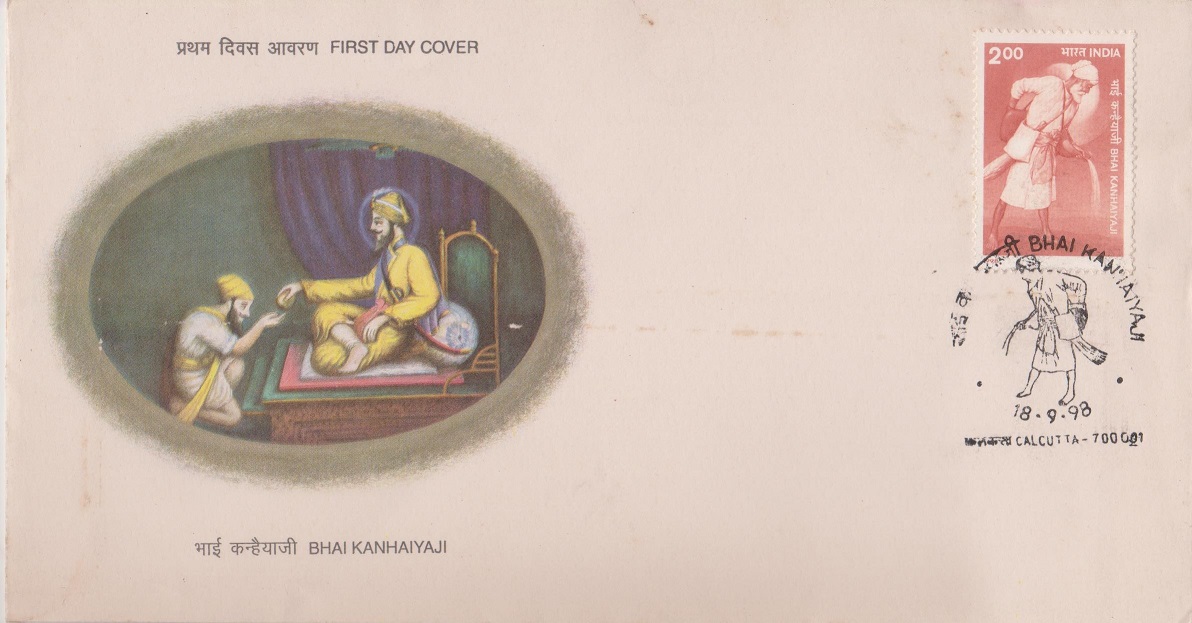
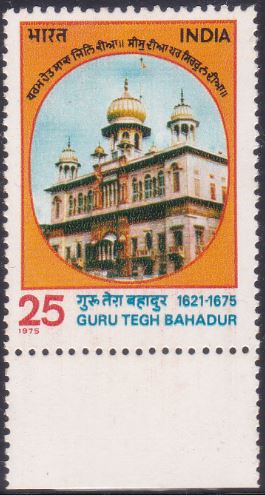
Thanks
[…] sympathy. He was one of the Ten Gurus or prophet-teachers of the Sikh faith. Third in line from Guru Nanak, the founder, he carried his teaching of universal love and equality of mankind to the far corners […]
[…] His poetry and message had a direct appeal and was couched in such a celestial tone that Guru Nanak Sahib incorporated these verses in Guru Guranth Sahib which is now an article of faith for the devotees […]
[…] Dev composed a number of hymns in praise of the sacred tank. He continued to uphold the ideas of Guru Nanak, founder of the Sikh religion: spiritual unification and solidarity, love and service to all and […]
[…] Guru Tegh Bahadur is revered as the ninth Guru of the Sikh faith. Youngest of the five sons of Guru Hargobind, the sixth Guru of the Sikhs, he was born at Amritsar on April 1, 1621. For over two decades, he had lived in seclusion and meditation when, in 1661, he was anointed the ninth spiritual successor to Guru Nanak. […]
[…] Guru Nanak Dev Ji (1469-1539) was the founder of Sikhism and the first of the ten Sikh Gurus. His birth is celebrated worldwide as Guru Nanak Guru Purab on Kartik Pooranmashi, the full moon day in the month of Katak (October-November). He travelled far and wide teaching people the message of one God. His preaching is registered in the form of 974 poetic hymns in the holy text of Sikhism, the Guru Granth Sahib. Sikhism gave a league of extraordinary men that fought for truth and became pillars of courage. Their places of worship called Gurudwaras, are sacred shrines that not only render spiritual comfort but also offer insight into how Sikhism has sustained. […]